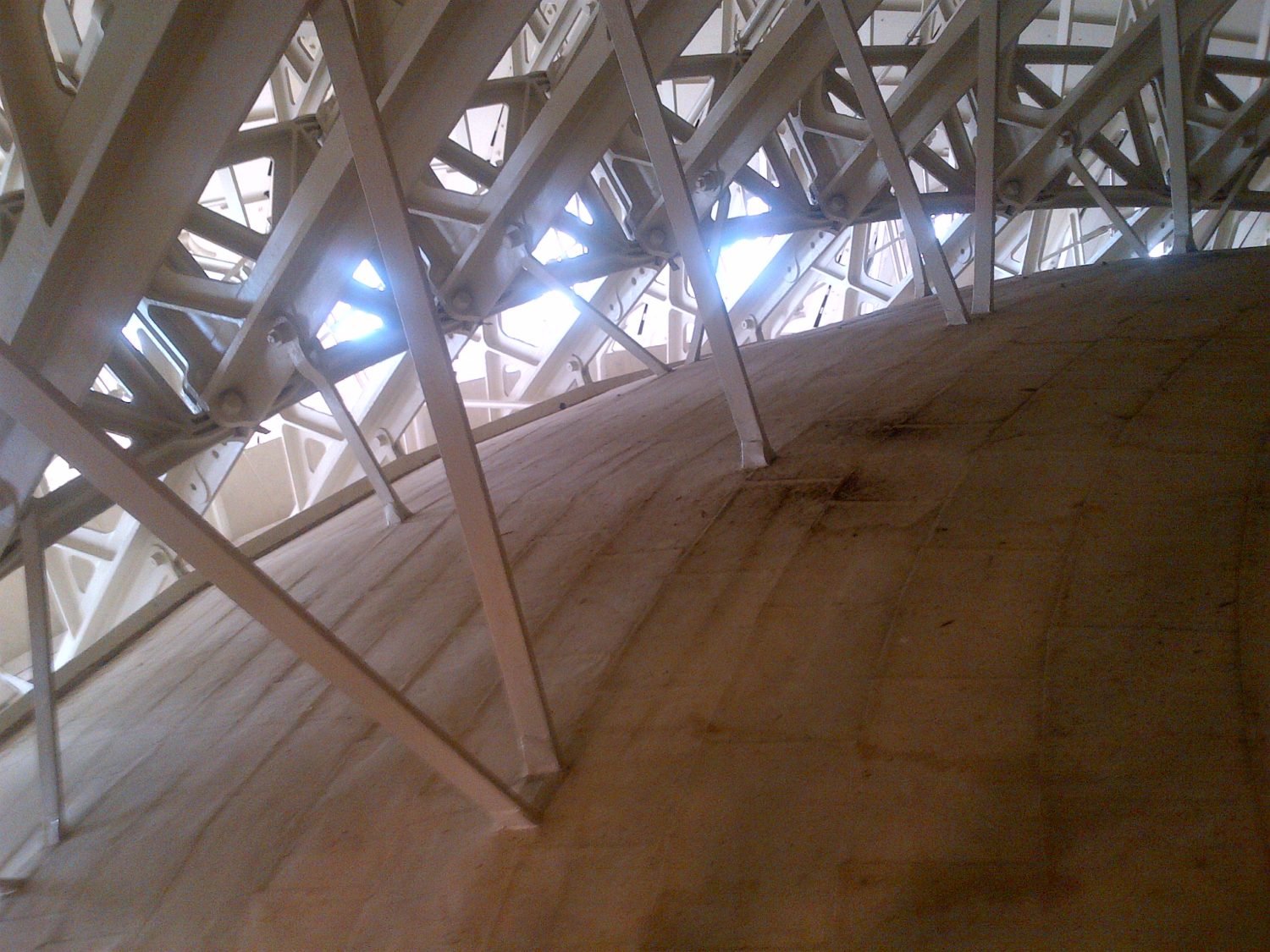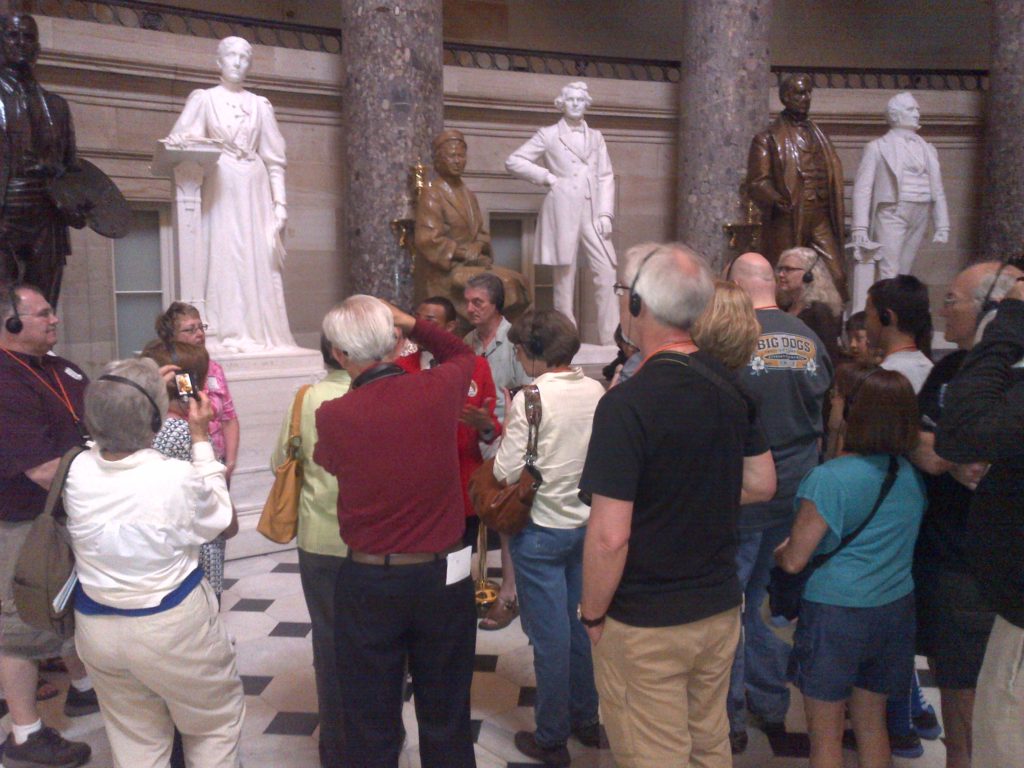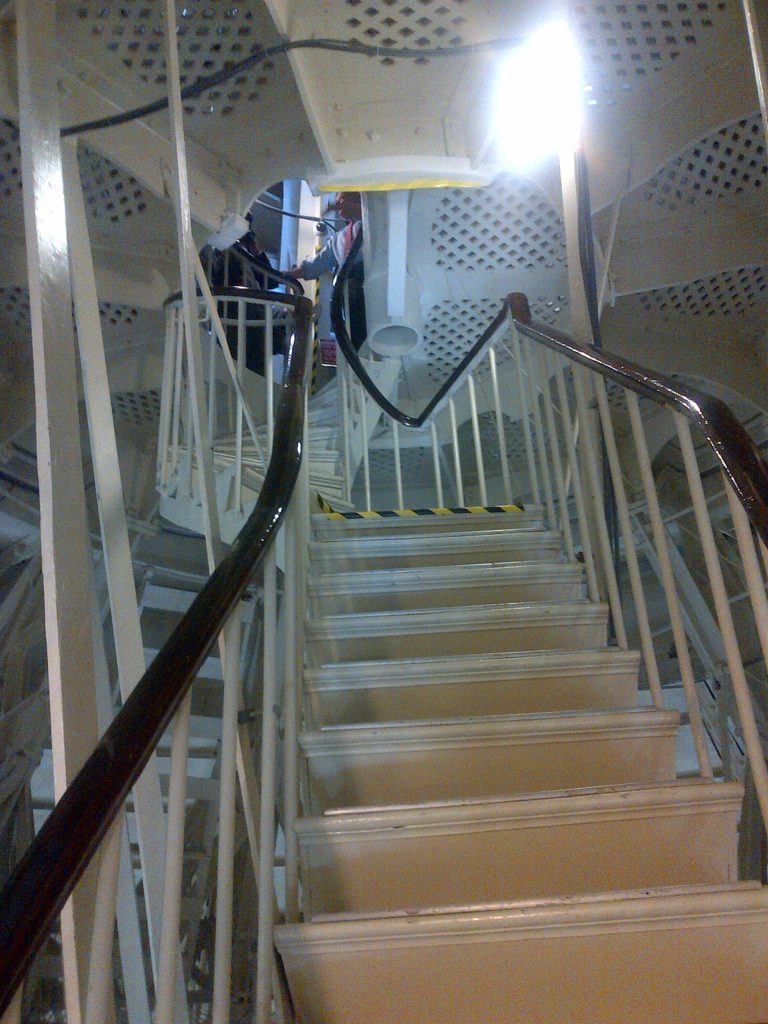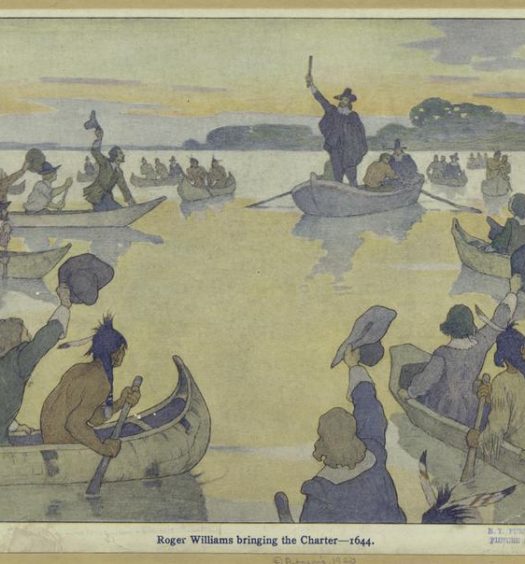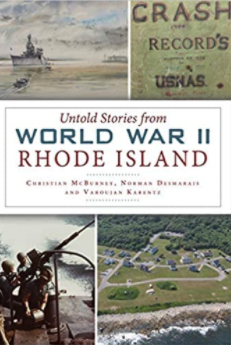In light of the storming of the U.S. Capitol on January 6, I thought it might be somewhat of a mildly amusing diversion to tell a few stories of my visits to the U.S. Capitol over the last 50 years. Prominent participants include Senator Clairborne Pell, Congressman Ed Beard, the Director of the Secret Service, and some others.
My first visit to the U.S. Capitol was in 1970 with my family. My main recollection is that we simply walked in without any reservation to the gallery of the House of Representatives and watched Congressmen giving speeches while it was in session, which was pretty cool.
My next visit to the U.S. Capitol occurred in the year of the Bicentennial, 1976, the summer after my junior year at South Kingstown High School. I had been selected as one of two Rhode Island juniors to attend a gathering of student leaders in Washington, D.C. called the Century III Leadership Conference. It was quite an honor, as only two students were selected from each state. Kevin McDonough, who would serve as Speaker of the House during the State Model Legislature we attended together at the Rhode Island State Capitol in our senior year, was the other student selected from Rhode Island. I am pleased that Kevin is a current subscriber to smallstatebighistory.com. (Another student leader at our State Model Legislature, David Cicilline, made front page news when he sponsored a bill at the model legislature to legalize prostitution in Rhode Island! Now Congressman Cicilline, in the U.S. Capitol, has bigger fish to fry.)
It was an exciting time for Kevin and I. It was one of the first times I had travelled out-of-state in my high school years, and I was on my own, although I was well chaperoned by adults. It was fascinating to meet students from all 50 states. My roommate, from Mississippi, was a gregarious, smooth-talking type with a southern drawl who seemed to be a lot more advanced than I was when it came to the opposite sex. The chaperons caught on too, and pointedly warned him not to engage in any hanky-panky. They didn’t have to worry about me.
One day, we all got to meet two of our Congressmen. I was thrilled to meet in his offices U.S. Senator Claiborne Pell, who served as U.S. Senator for Rhode Island from 1961 to 1997. He was dressed in his trademark tweed jacket (occasionally he went jogging in his jacket and wearing shorts) and carried himself as the staid Newport patrician he was. He was very nice to me and others in our small group. Knowing that Senator Pell had an affinity for history, I informed him (bragged really) that I had won the Pell Medal for U.S. History (named for him and his father) at my school and had written a book on the history of Kingston, Rhode Island, that year. He seemed suitably impressed, since I was still a high school student, but then announced, “You should not become a history professor as a profession. It is a difficult road. Do something else.” His direct and forceful warning surprised and discouraged me a bit, but as it turned out, I followed his sage advice. I became an attorney, and have been able to support myself and family pretty well, while at the time I have been able to of a lot of history writing. Looking back, it would have been a more difficult life trying to become a professor of U.S. History, and if I had succeeded, I would probably be in a college located in a rural western or southern state. I prefer being in or close to Rhode Island.
Kevin and I also had lunch with one of our two Congressmen, Ed Beard. Congressman Beard must have been one of the most unusual members to serve in the House of Representatives in that era. His prior profession had been as house painter, and he carried a paint brush in the back pocket of his $55 suit to remind him of it. After his father passed away when he was young and growing up in poverty in Providence, he had to work and did not graduate from college. He did not seem particularly thoughtful in his conversation. He seemed the opposite of Senator Pell, whom we had just met. He was a populist and wanted to help regular working people and all other people, regardless of their backgrounds, and that was a worthy position.
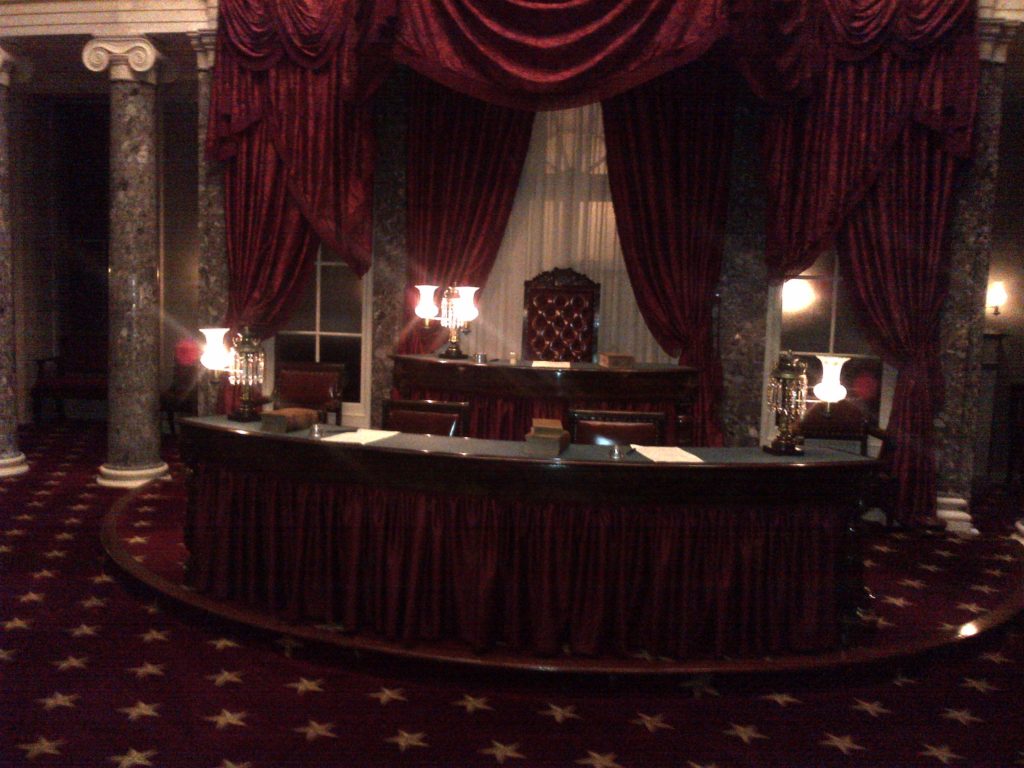
The raised platform supporting the Speaker of the House’s chair and those of the Speaker’s assistants, 2012. Recent photographs from January 6 displayed quite a different scene (Christian McBurney)
In 1977 Beard was one of the organizers of the new Blue Collar Caucus of Congressmen, whose initial members had worked at manual labor at some point in their careers. Senator Pell, amazingly, desperately wanted to become a member of Congressman Beard’s new caucus, but Beard rejected him (for obvious reasons) to the fury of Pell. Pell would have to impress Rhode Island voters using some other avenue. Despite John Kennedy once calling him “the most unelectable man in America,” he won an impressive six elections to the U.S. Senate with an average of 64 percent of the vote. Still, Pell and Beard got along fine.
During lunch, the short and stocky Congressman Beard, a former lightweight boxer, seemed very interested in his free meal, but little interested in learning about Kevin and I. After he gobbled down his red jello, he noticed I had not yet touched mine. “Do you want your jello?,” he inquired of me. Of course, I did, but I could see where he was going with this. “No,” I responded. “Good,” he said, and he reached over in front of me to grab my bowl containing the red jello, placed the bowl in front of himself, and proceeded to use his spoon to insert pieces of my former red jello into his mouth. Sadly Beard, who served three terms in Congress, passed away earlier this week.
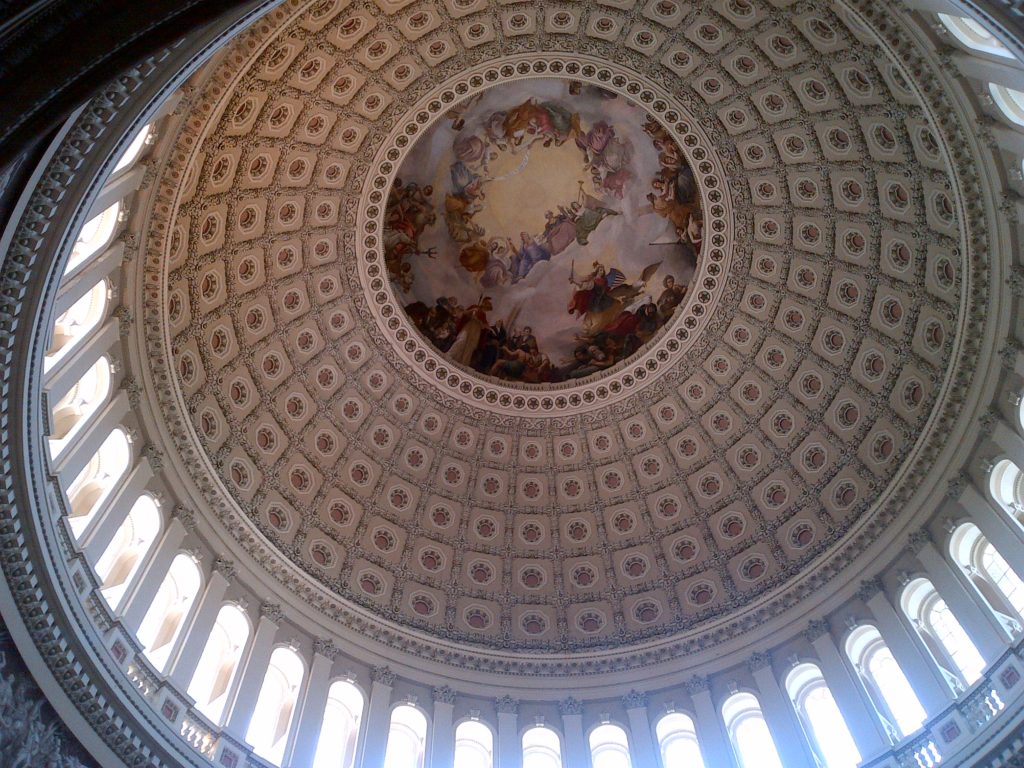
From the top level of the inside of the inner dome, looking up at Constantino Brumidi’s Apotheosis of Washington on the ceiling of the inner dome (Christian McBurney)
Kevin and I were also taken to the bowels of the Capitol and boarded a small train that took us from the basement of the U.S. Capitol to the basement of the U.S. Library of Congress. (Congressmen likely used this route to escape the rioters last week, but reportedly went to the Cannon Office Building.)
Each attendee at the Century III Leadership Conference was permitted to meet an official in the executive branch. We each submitted our top preference. I figured most students would request to meet with the Secretary of State and so forth and would thus have low odds of succeeding. I decided to lower my sights. I chose the Director of the U.S. Secret Service. I had just finished a book on the history of the Secret Service, and I was particularly fascinated by its origins in fighting makers of counterfeit money. My request was granted. On my tour of the small office, my tour guide pulled out several trays of counterfeit money that the Secret Service had confiscated earlier in the century. That was cool. I was then ushered into the office of the director, H. Stuart Knight. He was kind to me, a mere high school student, in our five minute meeting. I was rude, even for a high schooler. I asked, “Don’t you think that if a person really wanted to assassinate the President, he could?” The director scowled and responded in full seriousness, “He would have to get through us first.” I had my photo taken with the director, and I am sure he was glad to see the last of me. Later, I got to shake the hands of President Ford and Bette Fort in the Rose Garden at the White House.
I met Senator Pell one other time, when I was an undergraduate student government leader at Brown University. President Ronald Reagan had taken office in January 1981 and his administration in short order proposed to cut college student financial aid. We student government leaders invited Senator Pell to speak on campus at Sayles Hall about this threat. Senator Pell was a big proponent of financial aid, and even had what became known as the Pell Grant named after him. Prior to the meeting, I met with Senator Pell and he asked why I and other students were wearing a black armband. It was in sympathy for the students who need financial aid, I responded. He said he wanted to wear one at his speech; one was provided and he had it tied onto his arm. At his speech, a large congregation of Black students had roped off a section of Sayles Hall. At a signal, they all rose from their folding chairs and filed out of the room. It was a protest against the threat of cutting student financial aid, but the protesters were insulting the wrong man, who was one of their staunchest allies in the U.S. Senate. Senator Pell was flabbergasted but carried on; the protesters got their front-page article in the Providence Journal. Senator Pell, to his credit, continued to fight for financial aid throughout the remainder of his career.
I did not visit the U.S. Capitol for more than a decade after that. My wife and I moved from New York City to Washington, D.C. in 1987. I transferred from the New York City office of a law firm to its Washington, D.C. branch office. We have been very happy residing in and around Washington D.C. and raising children in its Maryland suburbs.
Shortly after we arrived, a South Kingstown High School friend of mine was arrested for throwing what appeared to be blood on the marble steps of the U.S. Capitol. He was protesting U.S. involvement in the wars in El Salvador and Nicaragua, I recall.
I had opportunities to show visiting family and friends the U.S. Capitol over the years. I loved doing the tour. The U.S. Capitol is not only where our national legislature meets, it is wonderful and awe-inspiring U. S. history museum.
The historic chambers were my favorite places. I marveled at the Old Supreme Court Chamber, where Chief Justice John Marshall once held sway. I was in awe of the U.S. Senate Chamber, which still had the desks where Daniel Webster, Henry Clay and John Calhoun used to mesmerize the galleries with their powerful speeches on the issue of slavery in the South. I had fun in Statuary Hall, the old House of Representatives Chamber. Each state is entitled to two statues in the U.S. Capitol building. Rhode Island’s statues are of Roger Williams, its founder and a promoter of religious freedom, and Nathanael Greene, the second-in-command to George Washington in the American Revolutionary War and one of the top generals in U.S. history. They are no. 1 and no. 2 in my list of all-time greatest Rhode Islanders.
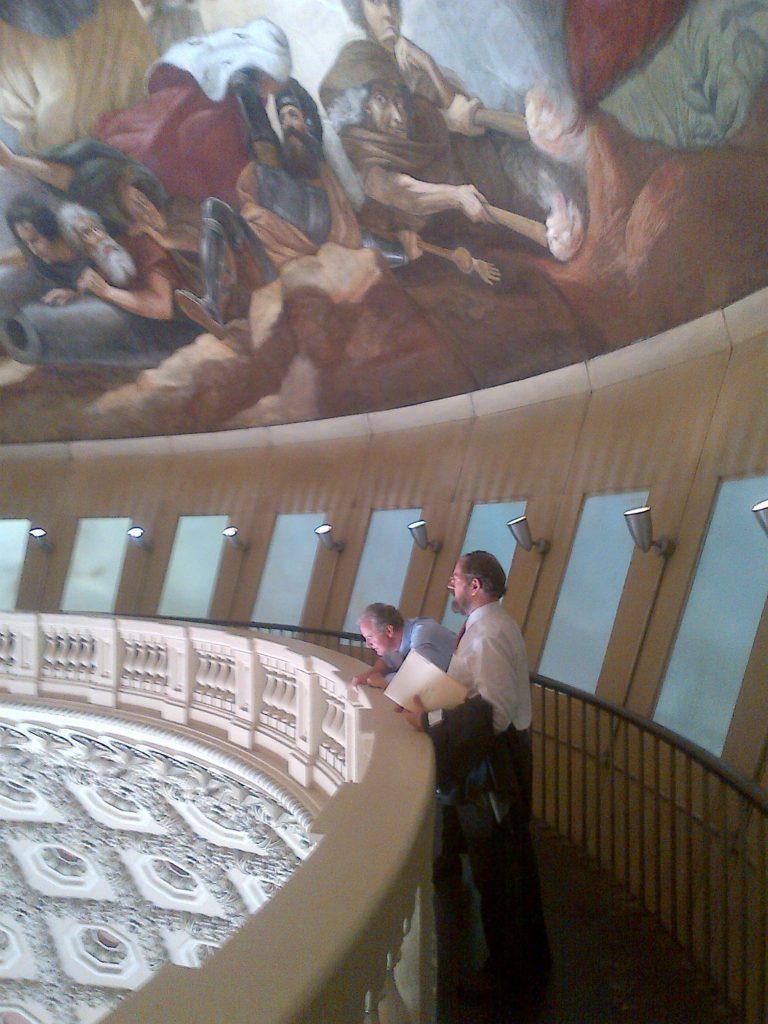
From the top level of the inside of the inner dome, Senator Chris Van Hollen (D-MD) and a book club member look down in the far distance to the floor of the rotunda (Christian McBurney)
In Statuary Hall, where John Quincy Adams once sat, is a plaque. The acoustics are such that if you speak softly, your voice can be heard twenty yards away. One can pull a prank with this kind of acoustics. On one tour with friends, standing next to Adams’s plaque, I spotted twenty yards away a group of Japanese tourists, each with a camera and large telephoto lens. I whispered, using my most official low voice, “Please no photographs in this room, no photographs in this room.” Like magic, they quickly put away their cameras, while at the same time wondering who gave them the instruction. It was amusing at the time, but I felt bad about it later; I was impressed that the Japanese had such a good command of the English language.
In those days, anyone could just walk into the U.S. Capitol building and wander throughout it without having to go on a guided tour. It was fantastic. A friend of mine said that in the 1970s he once drove his car into the driveway of the U.S. Capitol and stopped in front of one of the entrances to let out a passenger.
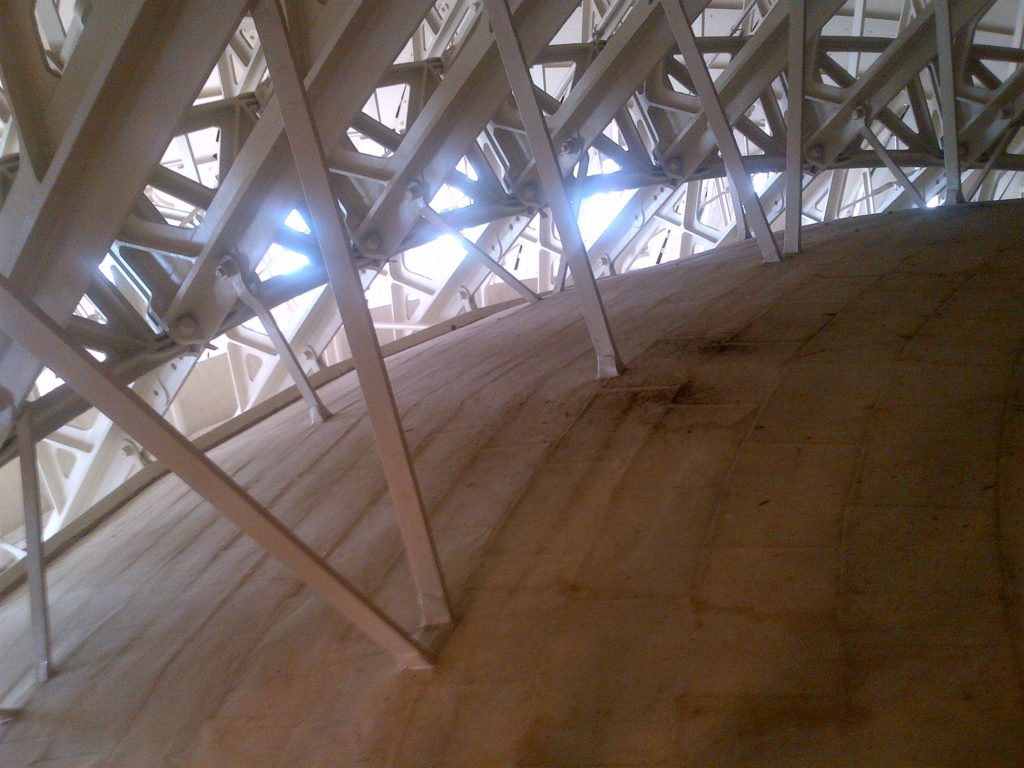
Ironworks seen from a stairway on top of the inner dome and walking towards the outer dome. Note the curve of the inside dome (Christian McBurney)
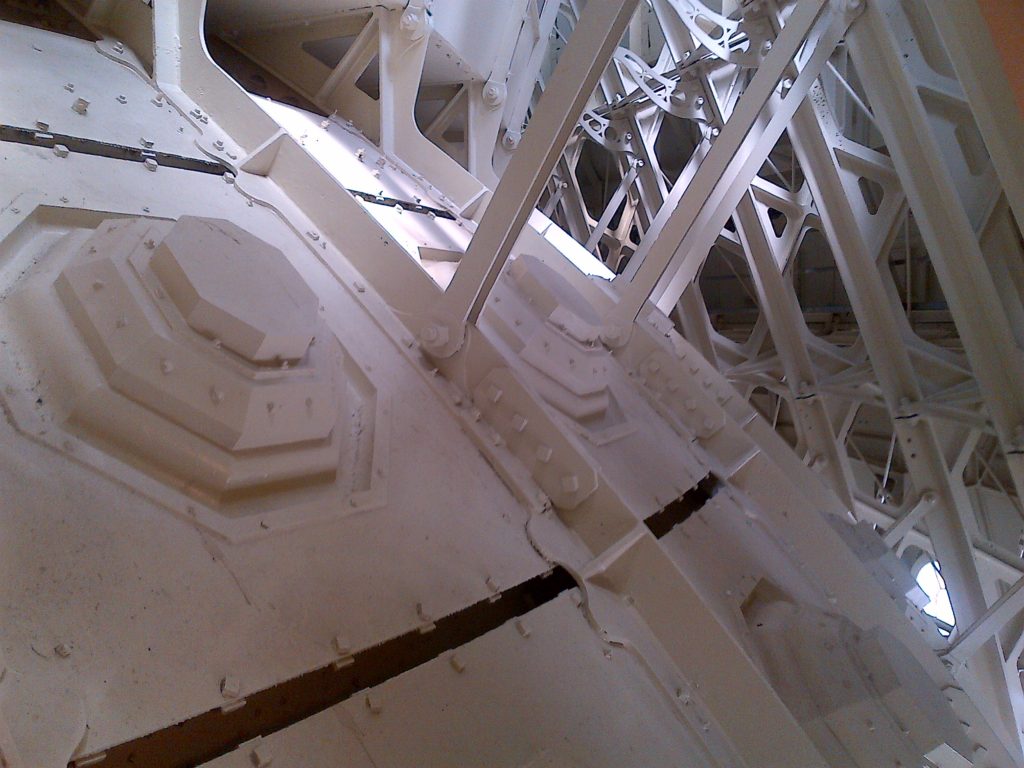
More ironworks seen from a stairway on top of the inner dome and walking up towards the outer dome. I understand this interior area has been refurbished since my tour (Christian McBurney)
In July 1998, a disturbed man with a gun entered the U.S. Capitol and shot and killed two Capitol Police officers. He was eventually captured near the House Majority Whip’s office. The officers were buried at Arlington National Cemetery with full honors. After that, visitors had to go through tighter screening, as well as metal detectors. Once I had my father in the line to tour the Capitol, but the wait took so long that my father’s arthritis acted up, so we had to leave. That was frustrating.
In September 2001, I attended the first National Book Festival, sponsored by the Library of Congress and Laura Bush. I sat in the History and Biography tent for six straight hours, enjoying the history authors who spoke. The event was held on the grassy west grounds of the U.S Capitol building, making it even more special. But a few days later, 9/11 occurred. United Airlines Flight 93, which was hijacked by terrorists on board and crashed in a field in Somerset County, Pennsylvania, was meant to fly into the U.S. Capitol. The incredibly courageous passengers made sure that did not happen by trying to gain control of the airplane. The tragedy also meant increased security for the U.S. Capitol. The National Book Festival was moved to the National Mall.
In December 2008, the U.S Capitol Visitor Center opened. It is a spectacular and large underground addition to the U.S. Capitol complex that serves as a gathering point for up to 4,000 tourists each day. It provides security personnel with an organized way to control the tours and visitors. To go on a tour, visitors have to sign up online weeks in advance with the visitor’s Congressman or Senator. And visitors could not just walk around unguided anymore, they had to go on an organized tour. It was still great.
I was fortunate to join a men’s book club based in my Maryland neighborhood. It includes five book authors, not including me, and U.S. Senator Chris Van Hollen (D-MD). One of our book club members, who worked for Congress drafting bills, once gave us a behind-the-scenes tour of the U.S. Capitol, which included seeing Speaker Nancy Pelosi’s office from the outside and standing on the main floor of the House of Representatives Chamber.
A few years later, in 2013, Senator Van Hollen arranged for our book club to undertake a very special tour of the U.S. Capitol Dome, perhaps the most famous landmark in America. The Capitol Dome was constructed with 8,909,200 pounds of ironwork bolted together. The tour was by an employee of the Architect of the Capitol’s office and could only be conducted with the sponsoring U.S. Senator or Congressman also on the tour. We walked around the top of the inner dome to get a close view of the magnificent fresco on the eye of the ceiling of the dome of George Washington rising to Heaven, by Constantino Brumidi, called The Apotheosis of Washington. In the distance below were what appeared to be ants walking on the floor of the rotunda.
The tour continued. We then went inside the dome and hiked up a secret stair case on the inner dome, with the outer dome on top of us. I did not know the U.S. Capitol had two domes. I did know who invented the idea of having an inner dome that had the purpose of supporting the larger outer dome—Brunelleschi in Florence, Italy, in the 1400s (I had previously walked up that inner dome). This inner area between the domes was not air conditioned and it was very hot. The staircase inside the dome of the U.S. Capitol went all the way to the top, with views of internal ironwork on the way. Outside, there is a circular walkway around the Capitol Dome that provides a marvelous 360 degree view of Washington, D.C. Both of these tours were wonderful.
As I started to write books on the Revolutionary War, I began to appreciate John Trumbull’s magnificent and large paintings that dominate the rotunda in the U.S. Capitol: The Declaration of Independence, the Surrender of General Burgoyne (at the Battle of Saratoga), the Surrender of Lord Cornwallis (at Saratoga), and General George Washington Resigning His Commission to Congress. They are true national treasures. But John Trumbull almost did not survive the Revolutionary War to paint them. He was lucky he was not shot at the Battle of Rhode Island on August 29, 1778. As an aide to the American commanding general, John Sullivan, Trumbull was ordered to give a message to American troops fighting British troops in advance of the main lines to disengage and retreat to the main lines. Trumbull made an obvious target as he rode his horse steadily to the American advance position. British artillerymen began firing at him, and then soldiers shot their muskets at him. Cannonballs and musket balls ploughed into the dirt around him. Sullivan did not think Trumbull would survive, but the future painter did. The rotunda also has statues of George Washington, by Antoine Houdon, and Thomas Jefferson, as well as a sculpture of Alexander Hamilton.
Fortunately, the rioters who broke into the U.S. Capitol building on January 6 were not interested in damaging Trumbull’s paintings or other priceless historic artifacts. They seemed awed by the interior, as they should have been. Some antiques were broken to smithereens, one bust had blood splattered on it, some historic windows to the House of Representatives Chamber and Senate Chamber were broken, and numerous statues from Statuary Hall and paintings will have to be cleaned of residue from the tear gas fired by the Capitol Hill Police and fire extinguishers and bear spray fired by the rioters. It is extremely lucky that there were only two deaths inside the Capitol and no major damage to important historic artifacts.
This week thousands of National Guardsmen are deployed inside the U.S. Capitol and hundreds have been seen napping in the Visitors Center. It reminded me of April and May of 1861, when the first Union troops poured into Washington, D.C. Among the first, to President Lincoln’s pleasure, was a Rhode Island regiment whose soldiers temporarily were billeted in the U.S. Capitol and later to the Patent Office Building.
I fear that a tall iron fence will have to be built around the U.S. Capitol, as there is now around the White House. This had been avoided in the past, but as the danger increases from within, there will likely be calls for it.
The Rhode Island State House is also in part a magnificent history museum. Hopefully, police and other security forces will protect it from misguided mobs, including on January 20.
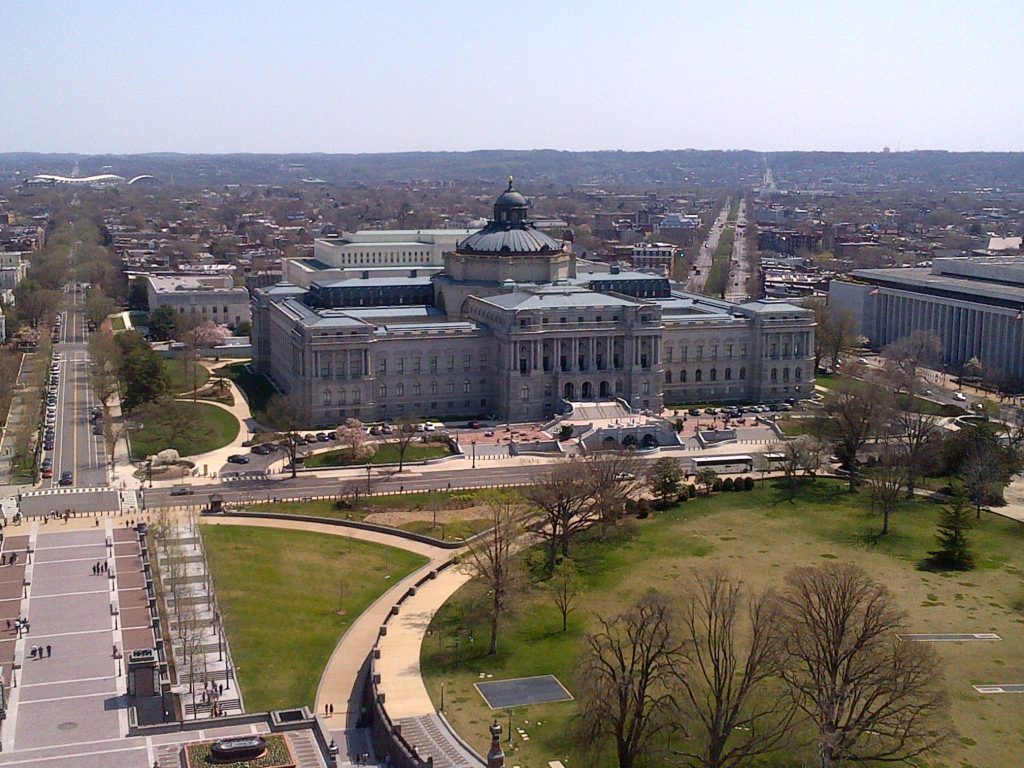
View of the Library of Congress from outside on top of the outer dome, from the circular walkway. The Library of Congress’s Reading Room is the most beautiful room in America, at least I think so (Christian McBurney)
[Banner image: Ironwork seen from a stairway on top of the inside dome and walking towards the outside dome. Note the curve of the inside dome (Christian McBurney)]

